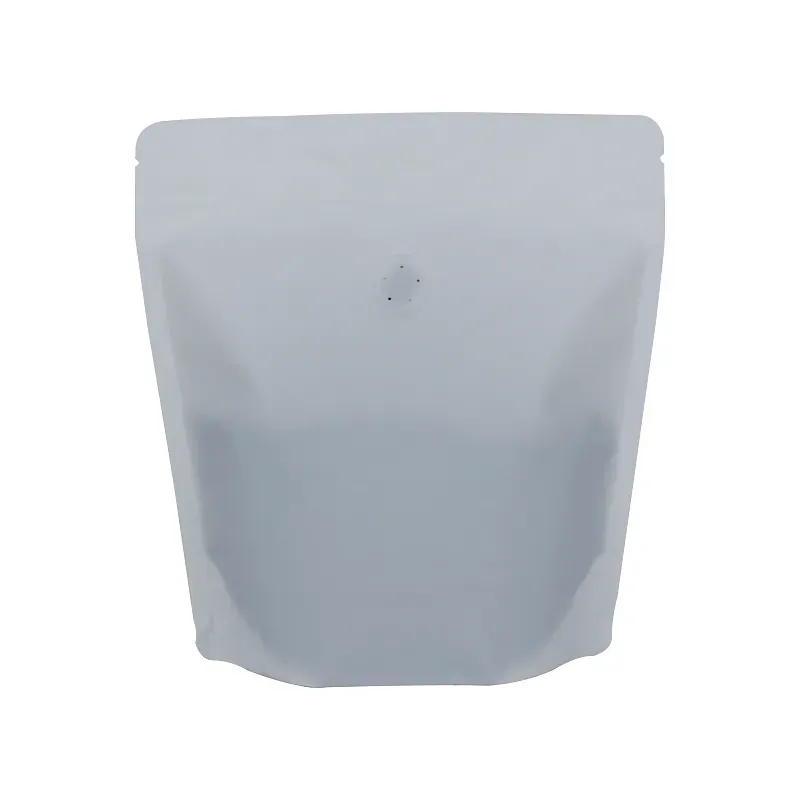- Afrikaans
- Albanian
- Amharic
- Arabic
- Armenian
- Azerbaijani
- Basque
- Belarusian
- Bengali
- Bosnian
- Bulgarian
- Catalan
- Cebuano
- chinese_simplified
- chinese_traditional
- Corsican
- Croatian
- Czech
- Danish
- Dutch
- English
- Esperanto
- Estonian
- Finnish
- French
- Frisian
- Galician
- Georgian
- German
- Greek
- Gujarati
- haitian_creole
- hausa
- hawaiian
- Hebrew
- Hindi
- Miao
- Hungarian
- Icelandic
- igbo
- Indonesian
- irish
- Italian
- Japanese
- Javanese
- Kannada
- kazakh
- Khmer
- Rwandese
- Korean
- Kurdish
- Kyrgyz
- Lao
- Latin
- Latvian
- Lithuanian
- Luxembourgish
- Macedonian
- Malgashi
- Malay
- Malayalam
- Maltese
- Maori
- Marathi
- Mongolian
- Myanmar
- Nepali
- Norwegian
- Norwegian
- Occitan
- Pashto
- Persian
- Polish
- Portuguese
- Punjabi
- Romanian
- Russian
- Samoan
- scottish-gaelic
- Serbian
- Sesotho
- Shona
- Sindhi
- Sinhala
- Slovak
- Slovenian
- Somali
- Spanish
- Sundanese
- Swahili
- Swedish
- Tagalog
- Tajik
- Tamil
- Tatar
- Telugu
- Thai
- Turkish
- Turkmen
- Ukrainian
- Urdu
- Uighur
- Uzbek
- Vietnamese
- Welsh
- Bantu
- Yiddish
- Yoruba
- Zulu
Innovative Packaging Concepts for Eye-Catching Back Designs
The Art of Packaging Back Design An Unseen Hero in Branding
In the world of consumer products, packaging plays a pivotal role in attracting and retaining customers. While front packaging often steals the spotlight with vibrant colors and eye-catching logos, the back design of packaging is equally crucial. It acts as an informational hub, a branding extension, and a tool for consumer engagement that can dramatically influence purchasing decisions.
The Importance of Information
One of the primary functions of the back of a package is to provide necessary information about the product. This includes ingredients, nutritional facts, usage instructions, and safety warnings. For instance, in the food industry, consumers are increasingly health-conscious, seeking transparent information about what they consume. A well-designed back label can convey reassurance through clear nutritional data and ingredient lists, helping customers make informed choices.
Moreover, the back of the package is often where brands communicate their values and commitments. In an era where sustainability is a priority for many consumers, brands can use this space to inform customers about eco-friendly practices, such as recyclable materials or ethical sourcing. This not only fosters trust but also creates a connection between the brand and its customers, thereby enhancing loyalty.
A Canvas for Storytelling
Beyond functional information, the back of a package can serve as a narrative canvas. Brands can leverage this space to tell their story, share their mission, and connect with consumers on a deeper level. For example, a skincare brand may include a brief history of its founder, the inspiration behind the product line, or the natural ingredients sourced in an ethical manner. This storytelling approach transforms the packaging from a mere container into an ambassador of the brand's identity.
Creative back designs can also capture consumer attention. A clever or whimsical design that reflects the brand's personality can enhance the overall appeal of the product. For instance, a wine bottle might provide tasting notes and pairing suggestions in an elegantly designed format, while a craft beer may feature quirky anecdotes that resonate with its target audience. Such interactions not only engage the consumer but also encourage exploration and create memorable experiences.
packaging back design

Regulatory Compliance and Clarity
In numerous industries, regulatory compliance mandates specific information on product packaging. This is especially pertinent in sectors like food, pharmaceuticals, and cosmetics. The back design must balance compliance with creativity, ensuring that all necessary information is presented clearly and concisely. Failure to do so can lead to misunderstandings or, worse, legal implications. This is where the expertise of graphic designers and branding specialists comes into play, as they navigate the delicate balance between regulation, clarity, and artistic expression.
Enhancing Brand Recognition
The back package design also contributes to overall brand recognition. Just as the front label communicates the brand's visual identity, the back can reinforce it through consistent typography, color schemes, and motifs. When consumers repeatedly encounter familiar designs, they build positive associations and are more likely to choose those products over competitors.
In today’s omnichannel retail environment, where consumers might first engage with a product online before purchasing, having a cohesive and appealing back design can lead to greater brand loyalty and recognition. Customers who appreciate thoughtful details will be more likely to share their findings on social media, further amplifying the brand's reach.
Conclusion
While the front design of packaging often captures the initial attention of consumers, the back design is where the interplay of information, storytelling, and branding truly unfolds. It is an essential part of the packaging landscape that deserves recognition and thoughtful consideration. As consumers continue to demand transparency and connection with brands, the art of packaging back design will only become more significant. In this respect, investing in high-quality back designs is not merely an aesthetic choice but a strategic imperative for brands looking to thrive in a competitive marketplace.













